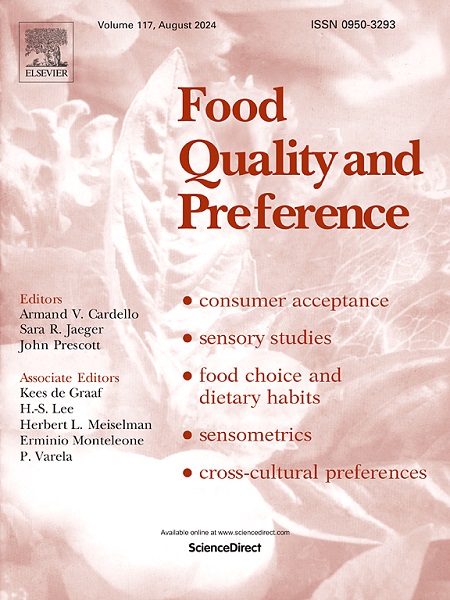Influence of exposure to novel food packaging on consumers’ adoption of innovative products
Abstract
Innovation is a crucial element for achieving success in the food industry. Previous research has shown that color-flavor incongruent packaging designs possess the capacity to violate consumers’ expectations, thus signifying the innovativeness of a brand without necessitating alterations to the properties of the food products themselves. Here we report two experiments designed to examine whether exposure to such color-flavor incongruent packaging designs could influence consumers’ intentions to adopt innovative products. The results of Experiment 1 revealed that exposure to color-flavor incongruent packaging of potato chips with popular flavors increased the likelihood of participants to purchase the same food products with novel flavors. As for the participants with a relatively higher level of cognitive flexibility, the results of Experiment 2 revealed that such exposure to the novel packaging designs of familiar foods not only heightened their interest in buying but also amplified their likelihood to purchase certain innovative non-food products. Collectively, these findings suggest that exposure to novel packaging designs for familiar food products may enhance certain consumers’ intentions to adopt certain innovative products. Our findings highlight the role of unexpected and surprising experiences with food packaging in consumer behavior, offering valuable insights into possible strategies for promoting innovative products in the market.

 求助内容:
求助内容: 应助结果提醒方式:
应助结果提醒方式:


